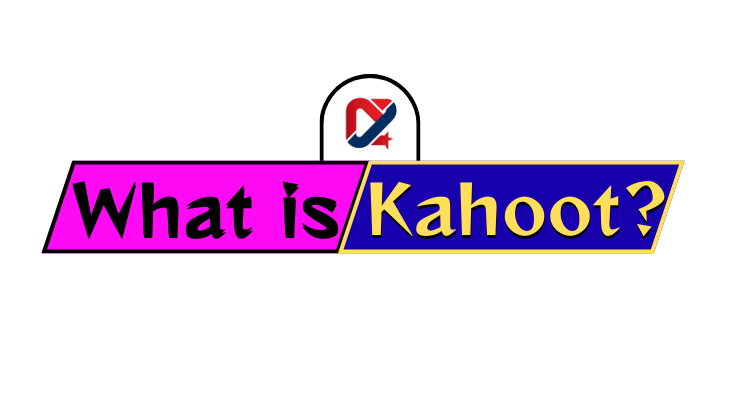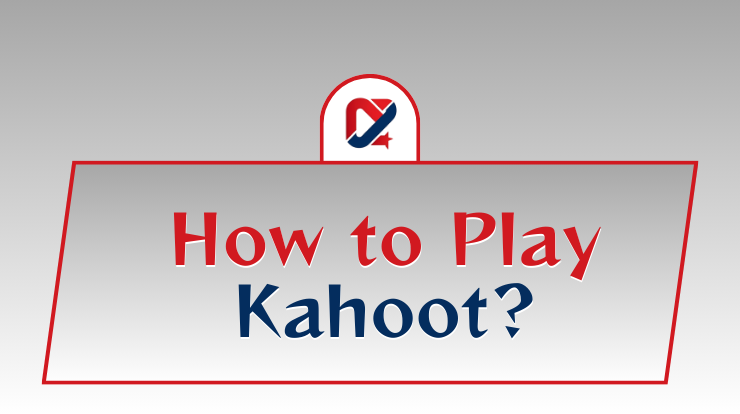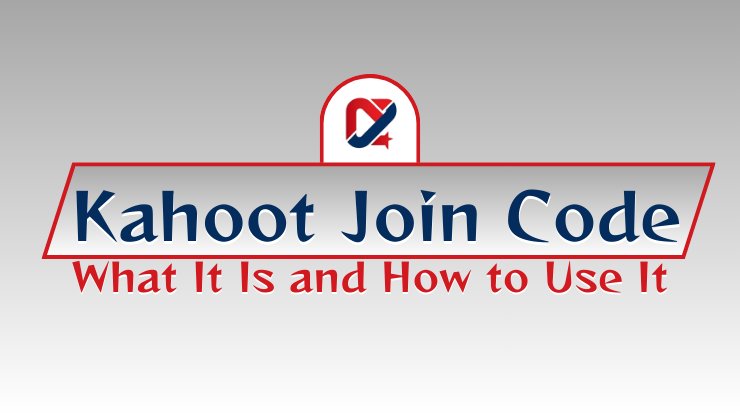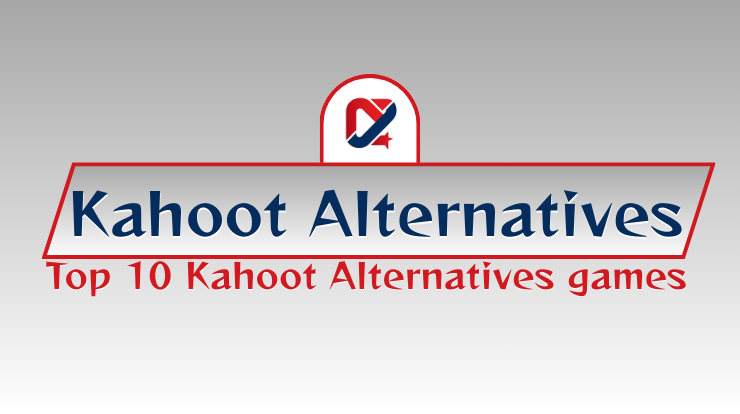Join WhatsApp Group
Join NowNearpod is an interactive, web-based platform that transforms classroom learning by enabling teachers to create engaging, multimedia-rich lessons. Popular in K-12 schools, it offers tools like quizzes, polls, virtual reality (VR) field trips, and collaboration boards to boost student participation. Teachers can deliver lessons in real-time (Live Participation) or self-paced modes, making it ideal for in-person, virtual, or hybrid settings. With features like real-time feedback, customizable lessons, and integration with Google Classroom, Nearpod enhances engagement and supports personalized learning. Its free Silver plan supports up to 40 students, while premium plans offer advanced tools. This article dives into how Nearpod works, its key features, benefits, pricing, and how it compares to tools like Kahoot, helping educators and students maximize its potential.
Table of Contents
What is Nearpod?
Nearpod is a mobile and web-based application that allows teachers to create and deliver interactive presentations, quizzes, and activities to engage students in the classroom or remotely. Think of it as a digital tool that turns traditional slide-based lessons into immersive, gamified experiences. With Nearpod, teachers can integrate polls, quizzes, virtual reality (VR) field trips, and collaboration boards into their lessons, ensuring every student has a voice. Its versatility and ease of use make it a favourite among educators, with thousands of schools globally using it to enhance teaching and learning. Nearpod’s meaning lies in its ability to bridge the gap between passive learning and active engagement, making it a go-to solution for modern classrooms.
How Nearpod Works
Nearpod operates by allowing teachers to create or import lessons and share them with students via a simple code or link. Students access these lessons on their laptops, tablets, or smartphones, making it compatible with various classroom setups. The platform offers two primary teaching modes to suit different instructional needs.
Teacher-Led Mode
In Live Participation mode, the teacher controls the pace of the lesson, ensuring all students follow along simultaneously. This mode is ideal for in-class or synchronous virtual learning. Teachers can:
- Share slides, videos, or interactive activities in real time.
- Monitor student responses instantly through the Live Teacher Dashboard.
- Provide immediate feedback to guide discussions or address misconceptions.
For example, a teacher might pause a lesson to review poll results or share a student’s annotated drawing with the class, fostering collaboration and engagement.
Student-Paced Mode
In Student-Paced mode, students progress through the lesson quickly, making it perfect for asynchronous learning, homework, or independent work. Key features include:
- Flexibility for students to complete activities on their own schedule.
- Accessibility for remote or hybrid learning environments.
- Support for differentiated instruction, allowing teachers to tailor content to individual needs.
This mode ensures equitable access, as students can revisit content or complete tasks without time constraints, aligning with Universal Design for Learning (UDL) principles.
Key Features of Nearpod
Nearpod’s robust feature set makes it a standout tool for teachers looking to create engaging, data-driven lessons. Here are its core functionalities:
Interactive Lessons & Quizzes
- Customizable Lessons: Teachers can create lessons from scratch, import PowerPoint or Google Slides, or choose from over 22,000 pre-made, standards-aligned lessons in the Nearpod Library.
- Gamified Quizzes: Activities like Time to Climb turn assessments into competitive games, motivating students to participate.
- Polls and Open-Ended Questions: Encourage critical thinking and allow students to share ideas in real time.
VR & Multimedia Integration
- Virtual Reality Field Trips: Explore 3D environments, such as national parks or historical sites, to make lessons immersive.
- Multimedia Support: Embed videos, audio clips, 3D models, and simulations from partners like PhET and BBC.
- Drag & Drop Activities: Students can label diagrams or match concepts, enhancing hands-on learning.
Assessment Tools
- Real-Time Insights: Teachers receive instant data on student responses, helping identify learning gaps.
- Post-Session Reports: Detailed analytics track participation and performance, integrating with LMS platforms like Google Classroom or Canvas.
- Formative Assessments: Tools like Matching Pairs and Draw It allow low-stakes checks for understanding.
Collaboration Features
- Collaborate Boards: Students post ideas or images on shared digital boards, fostering peer-to-peer learning.
- Student Accounts: With school licenses, students can save progress, switch devices, or create their own presentations.
- Accessibility Features: Tools like Immersive Reader support multilingual learners and students with diverse needs.
Benefits of Using Nearpod in the Classroom
Nearpod’s versatility makes it a game-changer for educators and students. Here are the key benefits:
- Increased Engagement: Interactive elements like quizzes, polls, and VR keep students actively involved.
- Real-Time Feedback: Teachers can adjust instruction on the fly based on student responses, improving learning outcomes.
- Time-Saving Resources: Access to thousands of pre-made lessons reduces planning time, allowing teachers to focus on instruction.
- Personalised Learning: Student-paced mode and customizable lessons cater to individual student needs.
- Seamless Integration: Works with Google Slides, PowerPoint, YouTube, and LMS platforms for easy adoption.
- Enhanced Collaboration: Features like Collaborate Boards promote teamwork and idea-sharing.
- Data-Driven Instruction: Detailed reports help teachers track progress and differentiate instruction effectively.
Studies show that classrooms using Nearpod see up to 20% improvement in assessment scores due to its engaging and interactive approach.
Nearpod Pricing and Plans
Nearpod offers a range of pricing plans to suit different needs:
- Silver Plan (Free): Ideal for individual teachers, includes basic features, up to 40 students per lesson, and limited storage.
- Gold Plan ($120/year): Offers advanced features like increased storage, up to 75 students per lesson, and premium content access.
- Platinum Plan: Supports up to 90 students per lesson and includes additional features like AI Lesson Builder.
- School/District Licenses: Provide unlimited access to premium features, student accounts, and integration with tools like Renaissance Next for data-driven instruction.
For detailed pricing, visit nearpod.com.
How to Get Started with Nearpod
Ready to explore Nearpod for your classroom? Follow these simple steps:
- Sign Up: Go to nearpod.com and create a free account using Google, Microsoft, or email.
- Explore the Library: Browse over 22,000 pre-made lessons or import your existing PowerPoint/Google Slides.
- Create a Lesson: Add interactive elements like quizzes, polls, or VR using the Lesson Builder.
- Launch a Session: Share a 5-letter code or LMS link with students to join the lesson.
- Monitor and Analyse: Use the Live Teacher Dashboard for real-time insights and review post-session reports.
New users can access free webinars and tutorials on Nearpod’s Teacher Resources page to get started quickly.
Nearpod vs Other EdTech Tools
Nearpod stands out among other EdTech platforms, but how does it compare to tools like Kahoot and Quizizz? Here’s a quick comparison:
| Feature | Nearpod | Kahoot | Quizizz |
|---|---|---|---|
| Interactive Lessons | Full multimedia presentations with VR | Primarily quiz-based games | Quiz-focused with some activities |
| Teaching Modes | Live and Student-Paced | Live and Student-Paced | Live and Student-Paced |
| Assessment Tools | Quizzes, polls, Draw It, reports | Quizzes with basic reports | Quizzes with detailed reports |
| Multimedia Integration | VR, 3D models, videos, simulations | Limited to images and videos | Images and videos |
| LMS Integration | Google Classroom, Canvas, Microsoft Teams | Limited integration | Google Classroom, basic LMS support |
| Free Plan | Up to 40 students, limited storage | Limited features, public quizzes | Robust free plan, some limits |
| Best For | Comprehensive lessons, differentiation | Fast-paced, gamified quizzes | Flexible, quiz-heavy lessons |
Nearpod’s strength lies in its all-in-one approach, combining multimedia, assessments, and collaboration tools, making it ideal for teachers seeking a versatile platform.
Common Uses of Nearpod for Teachers and Students
Nearpod is used in various ways to enhance teaching and learning:
- Math: Create Draw It activities for students to solve problems visually or use Time to Climb for gamified practice.
- Science: Incorporate 3D models or VR field trips to explore ecosystems or molecules.
- ELA: Use Collaborate Boards for discussions on themes or embed videos for interactive comprehension tasks.
- Social Studies: Take students on virtual tours of historical sites or use polls to gauge opinions on current events.
- Special Education: Customise lessons with accessibility features like Immersive Reader for inclusive learning.
- Formative Assessments: Use quizzes or open-ended questions as exit tickets to check understanding.
- Remote Learning: Deliver student-paced lessons for flexible, asynchronous engagement.
[You may also like: Top 20 Highest Dividend-Paying Stocks in the World (2025)]
Frequently Asked Questions (FAQ)
What is Nearpod?
Nearpod is an interactive teaching platform that allows educators to create engaging lessons with quizzes, polls, VR, and collaboration tools, used by thousands of schools worldwide.
What does Nearpod mean for teachers?
Nearpod empowers teachers to create dynamic, student-centred lessons that boost engagement and provide real-time insights into student understanding.
How does the Nearpod app work?
Teachers create or import lessons, share a code or link, and students join via the app or website to engage with interactive content in real time or at their own pace.
Is Nearpod free for teachers?
Yes, the Silver plan is free, supporting up to 40 students per lesson with basic features. Premium plans unlock additional tools and capacity.
How is Nearpod different from Kahoot?
Nearpod offers a broader range of features, including VR, multimedia lessons, and robust LMS integration, while Kahoot focuses on gamified quizzes.
Conclusion
Nearpod is a powerful, all-in-one platform that redefines interactive learning for teachers and students. Blending multimedia, assessments, and collaboration tools, it creates engaging, data-driven lessons that work in any classroom setting. Whether you’re a teacher looking to enhance engagement or a student exploring interactive content, Nearpod’s flexibility and ease of use make it a must-have tool. Sign up for a free account today at nearpod.com and discover how the Nearpod app can transform your teaching experience!



